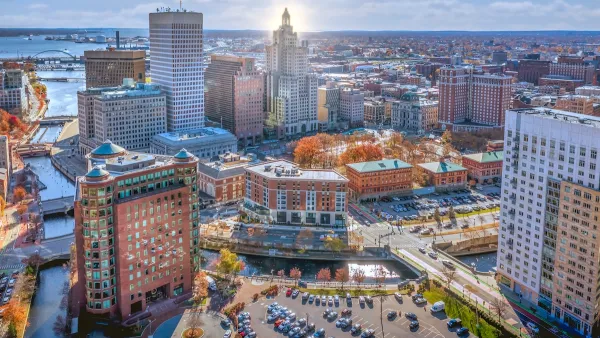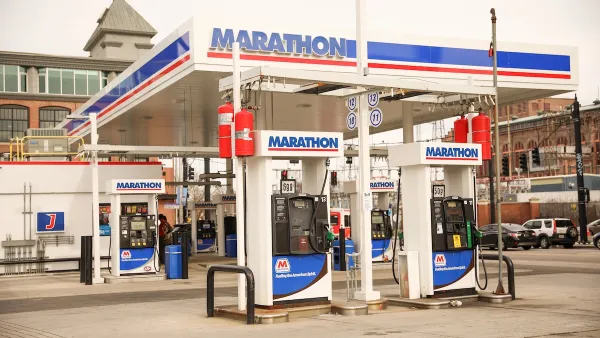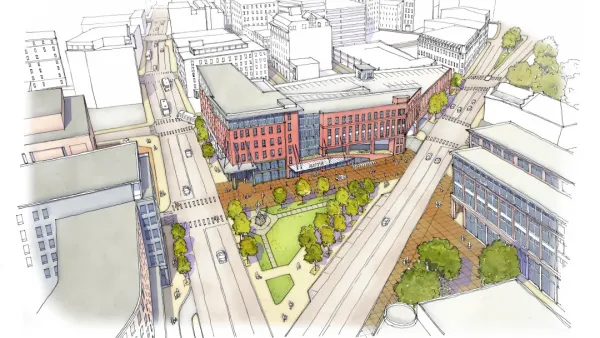As central cities become prized by young professionals and the companies that want to lure them, it behooves states to recognize the value of the historic buildings that bring unique character to workplaces and urban environs, writes Kaid Benfield.
Providence, Rhode Island was lucky to have a weak economy a few decades ago, says Benfield. As other cities replaced their historic buildings with "newer but mediocre buildings," Providence missed out, leaving its downtown historic legacy intact.
"Providence may be a particularly fine example, but it is hardly the only city with underutilized historic assets that could become a cornerstone of future economic development," he explains. "Information has largely replaced manufacturing as America’s economic engine, and young, talented workers today are seeking walkable districts with character in which to work and live. (Just ask suburban Dublin, Ohio about that.) From Pasadena to Portland, from Paducah to Providence, saving and sprucing up these assets is the way to go."
However, states such as Rhode Island and Missouri, have dismantled, or are considering dismantling, preservation incentives that are crucial to renovating and reusing historic properties.
"Providence is sometimes thought of as a declining city, but to me it seemed more like a promising one – poised for rebirth, fueled by the country’s emerging economy and demographics," he adds. "Its chances – like those of other, similarly situated communities – will be enhanced if it (1) recognizes the impressive assets that it has; (2) builds upon those assets by courting the right kinds of businesses and residents that appreciate character and walkability; and (3) preserves those assets for the future, starting with re-enacting the state’s historic property tax credit."
FULL STORY: The case for building on a city's historic assets

Analysis: Cybertruck Fatality Rate Far Exceeds That of Ford Pinto
The Tesla Cybertruck was recalled seven times last year.

National Parks Layoffs Will Cause Communities to Lose Billions
Thousands of essential park workers were laid off this week, just before the busy spring break season.

Retro-silient?: America’s First “Eco-burb,” The Woodlands Turns 50
A master-planned community north of Houston offers lessons on green infrastructure and resilient design, but falls short of its founder’s lofty affordability and walkability goals.

Test News Post 1
This is a summary

Analysis: Cybertruck Fatality Rate Far Exceeds That of Ford Pinto
The Tesla Cybertruck was recalled seven times last year.

Test News Headline 46
Test for the image on the front page.
Urban Design for Planners 1: Software Tools
This six-course series explores essential urban design concepts using open source software and equips planners with the tools they need to participate fully in the urban design process.
Planning for Universal Design
Learn the tools for implementing Universal Design in planning regulations.
EMC Planning Group, Inc.
Planetizen
Planetizen
Mpact (formerly Rail~Volution)
Great Falls Development Authority, Inc.
HUDs Office of Policy Development and Research
NYU Wagner Graduate School of Public Service




























